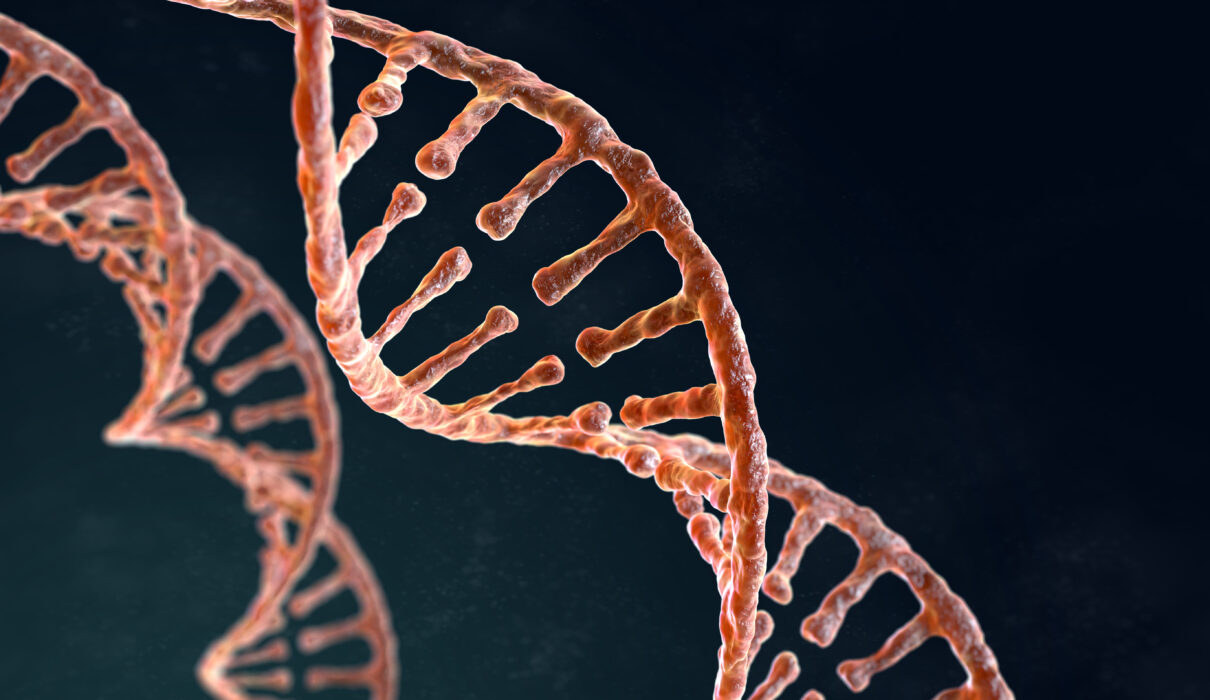FOXG1 syndrome is a poignant, yet under-recognized reality that impacts families around the world. It highlights the underlying complexity in genes and the silent battle that often goes unnoticed.
Ana and Juan were excited to welcome their first child Mateo, but soon noticed signs of atypical development in him. After medical consultations and tests, they confirmed that Mateo had FOXG1 syndrome. At first they were distressed and frustrated by the challenges that come with the condition, but then found joy in small breakthroughs and bonds in shared smiles.
Mateo’s uniqueness showed them the beauty in differences and connected them to a supportive community close by. A year ago, in early January 2022, Ana and Juan, like other parents of these children, came together to create the FOXG1 Spanish Association.
From here they began to spread awareness about the syndrome, claiming the right for the pathology to be known and researched. Thanks to this, we can have a better understanding of this rare disease.
What is FOXG1 syndrome?
The FOXG1 Research Foundation defines it as a neurological disorder, known as a rare disease, which profoundly impacts brain development, leading to severe physical and cognitive disparities. It is often accompanied by microcephaly (reduced head size), partial or total absence of the corpus callosum, decreased folds on the brain surface, and reduced white matter in the brain.
According to an article published in Nurología , the disease is caused by a mutation in the FOXG1 gene , a key player in brain formation during embryonic stages. The mutation in this gene is quite rare, being found in only 1-2% of patients with suspected autism spectrum syndrome and its incidence reaches 1.5% in women.
It is important to note that, beyond its link with autism, significant relationships were also found with pathologies such as Rett syndrome , epilepsy, Alzheimer’s, schizophrenia and brain cancer.
Why does FOXG1 syndrome occur?
An article published in the International Journal of Molecular Sciences explains that it is caused by de novo heterozygous mutations in the gene encoding the Forkhead Box G1 (FOXG1) transcription factor.
Although it is present from the beginning of pregnancy , it is not included in standard genetic testing during that period. However, a specific analysis or a complete genome sequencing can be requested, although the latter is very expensive and is not always covered by health insurance.
What are the symptoms of FOXG1 syndrome?
Orphanet , the portal for rare diseases and orphan drugs, describes this syndrome as being categorized by the International Classification of Diseases (ICD-10) as epileptic-diakinetic encephalopathy associated with the FOXG1 gene. Some of its characteristic symptoms are the following:
- Persistent irritability.
- Weakness of muscle tone.
- Acid reflux in the stomach.
- Prolonged and excessive crying .
- Habit of grinding teeth.
- Feeding difficulties .
- Seizures or epilepsy.
- Difficulty falling asleep .
- Limited communication skills .
- Vision irregularities due to cortical deficit.
- Interruptions in sleep while at rest.
- Inability to maintain long periods of sleep.
- Limitations in the ability to walk or restricted mobility.
- Problems coordinating hand movements.
- Abnormal movements of the arms and legs that interfere with intentional mobility.
Is there a treatment or cure for FOXG1 syndrome?
According to The Children’s Rare Disorders Fund , there is no treatment or cure for these FOXG1 mutations and their related conditions . The Fund actively funds and conducts research to find viable therapeutic approaches. Today, treatment involves addressing symptoms and improving a patient’s quality of life, as discussed below:
- Emotional support: In addition to this, support and resources for stress management can be beneficial for both patients and their caregivers.
- Therapies: Physical therapy, occupational therapy, speech therapy, and other approaches are indicated to treat motor, communication, and daily skills problems.
- Early intervention: In children, starting early intervention in development can help maximize the potential for learning and skill acquisition.
- Medication: Many people with FOXG1 syndrome experience seizures. Managing these is critical to improving quality of life. This may involve the use of anti-epileptic medications.
The importance of supporting this cause
Although there is still much progress to be made in order to achieve a treatment, it is of great importance to highlight the existence of organizations and foundations that seek funding for research.
Giving them recognition and even financial contributions is a key support to make rare and infrequent diseases visible.


